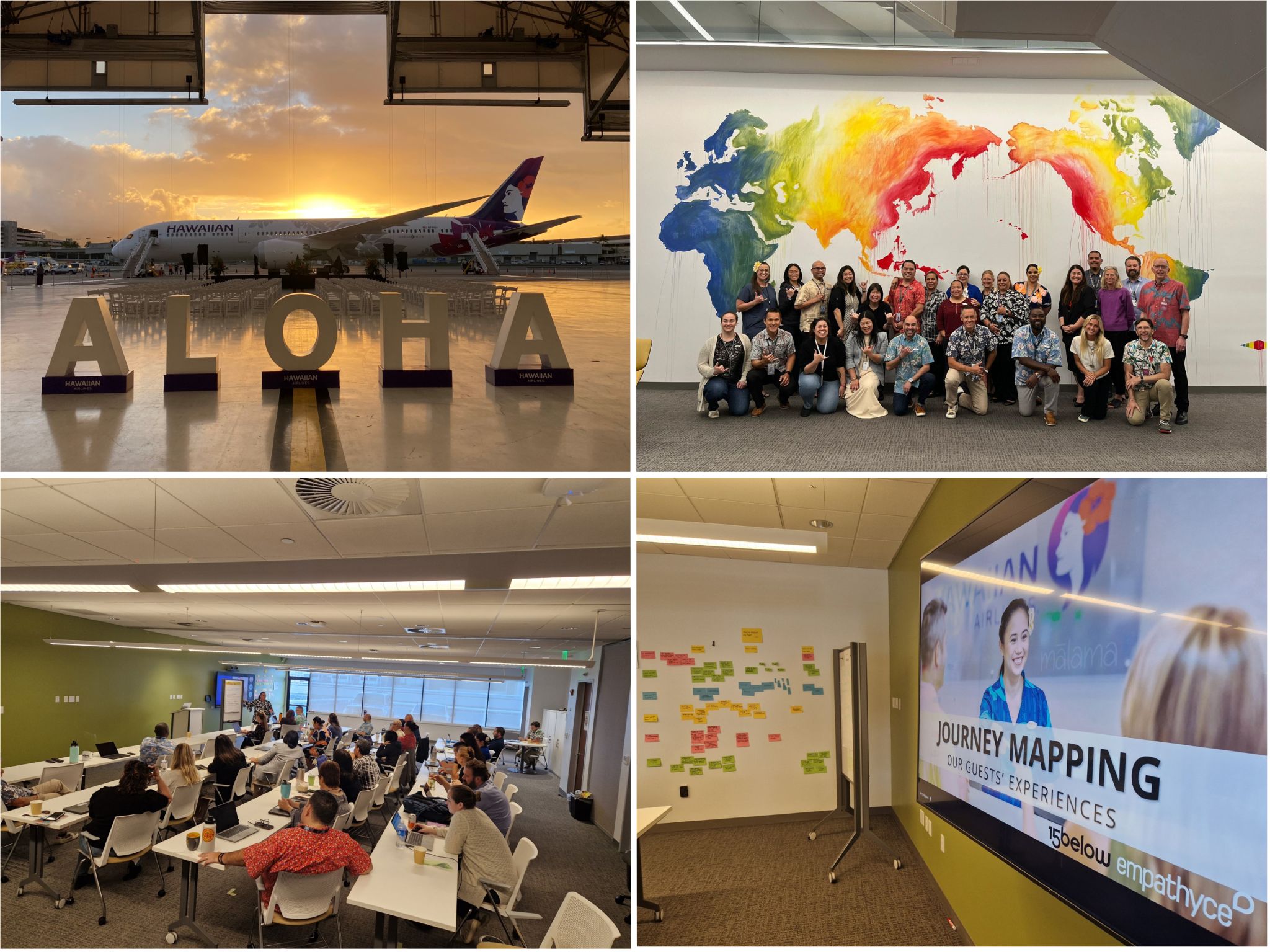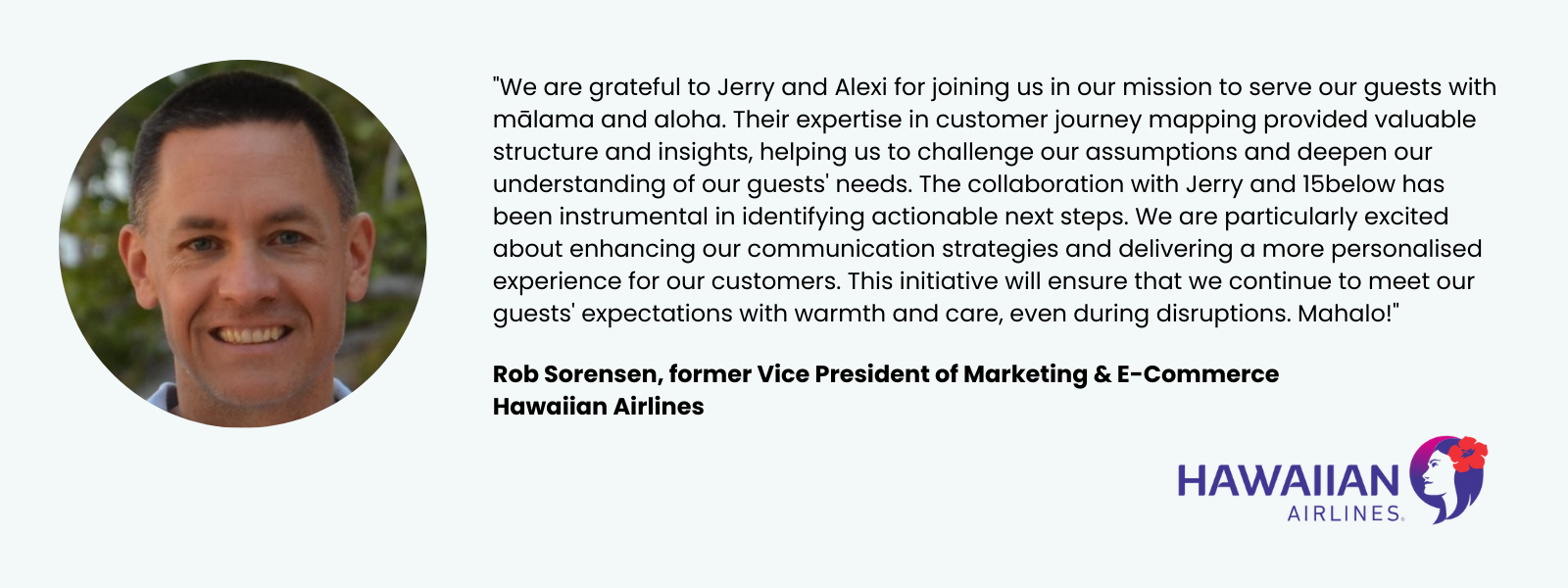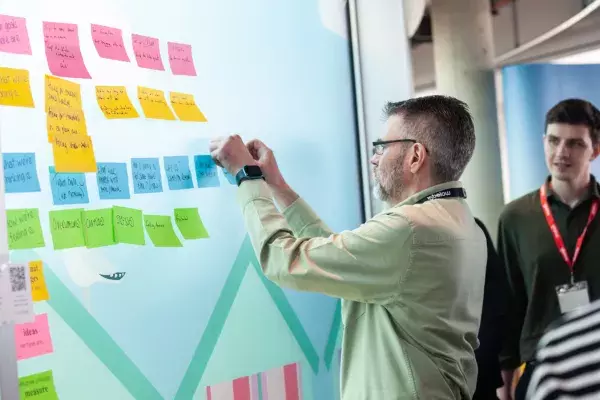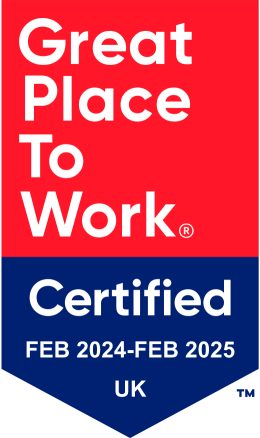28 October 2024 | Case study
Case study: Mapping travel customer journeys with Hawaiian Airlines
28 October 2024 | Case study
Case study: Mapping travel customer journeys with Hawaiian Airlines
Ensuring a seamless passenger experience has never been more crucial, especially during acts of disruption that cause delays and cancellations. Hawaiian Airlines sought to enhance how it manages these situations and how the carrier could improve experiences for its passengers.
Through Customer Journey Mapping, we identified ways to enhance the airline’s passenger experience by aligning operations with its brand promise and addressing guests’ needs during unpredictable travel disruptions.
The context
Hawaiian Airlines has a proud history, rooted in the islands’ spirit of Aloha and mālama – welcoming and taking care of guests. Crucial to the culture and values of the people, these principles become even more relevant when a flight is delayed or cancelled.
When travel plans suddenly become unpredictable and are taken from their control, passengers understandably expect their airline to get organised, resolve the issue, and communicate the changes clearly with them.
For many years, the airline has consistently been a leader in on-time performance. However, through survey feedback and in listening to colleagues, it became clear that there were opportunities to improve guests’ experiences at times when things didn't go as planned - flight delays, cancellations, re-bookings or diversions.
With that, we offered to support the Hawaiian team by implementing a journey mapping programme and ensuring the airline maximised the capabilities of its suite of 15below services.
How we ran the airline customer journey mapping session
The main focus of the three-day workshop would be Customer Journey Mapping. We enlisted the support of our long-standing partner and passenger experience expert Jerry Angrave, Founder and Director of Customer Experience at Empathyce - a leading customer experience consultancy to the travel industry.
Before joining the onsite team, we defined the scope, methodology, key personas, and identified the airline colleagues to involve in the programme.
Over three days at the airline’s offices in Honolulu, we brought a team of almost 30 people together with a very clear aim; to identify how well today’s experiences align to the brand promise and how the airline could improve its customer journey.

Day 1: Observation
- Guest journey observation: The core group completed a walkthrough of Terminal 1 at Honolulu International Airport, validating the assumptions of the team, and building a greater understanding of the current passenger experience.
- Debrief session: Each member of the workshop team shared their observations and insights as part of a deeper discussion.
- Leadership engagement: Members of senior leadership from Hawaiian airlines joined to emphasise the importance of the journey mapping workshop to help build excitement and engagement among the attendees.
Day 2: Journey mapping
- Problem-solving: The focus of day two was a journey mapping and idea generation workshop.
- Cross-functional exploration: A wider team from across various functions of the airline came together to discuss its operations, processes, systems and rules at times of disruption.
- Persona planning: The workshop focused on these four aspects from the perspective of the four agreed-upon personas to understand their experiences during acts of disruption.
Day 3: Future planning
- Workshop analysis: The group reviewed workshop outputs, analysing key issues and opportunities.
- Strategic brainstorming: We explored future improvements and strategies to enhance the passenger experience for each of the four personas.
- Implementation planning: We began planning for the implementation of prioritised solutions and improvements, ensuring long-term benefits for passengers.
Outcomes from the workshop
Any journey mapping session typically delivers similar key outcomes: bringing together a diverse team, deepening empathy with guests, and committing to prioritising the guest's perspective in decision-making. Much of what Hawaiian Airlines already does at times of disruption helps guests in many ways, however this process helped identify where there were gaps, conflicts, overlaps, underperforming communication chains, or unintended consequences that can have an adverse impact on passengers.
The team identified a range of initiatives that would mitigate guests’ anxieties and frustrations at times of disruption and support front-line colleagues. Some were practical quick-wins, others require more of a strategic focus, and a few were longer-term considerations to be further validated by guest research. When the team wants to map the experiences of other personas and other journeys, they now have a robust methodology they can re-use.
Hawaiian Airlines now has a clearer vision of how the suite of 15below solutions can further support its business, customers, and colleagues during critical times. The workshops highlighted the need for enhanced communication strategies and better coordination across departments to reduce silos and inconsistencies. Hawaii's largest and longest-serving airline plans to expand its notification system beyond the standard IATA feed for delays and cancellations. New notifications, such as "boarding now" and gate change alerts, will be introduced, with messages tailored to the severity of changes. This approach will ensure passengers receive more timely and relevant information, offering a more personalised and seamless experience. These initiatives, driven by a commitment to embody the spirit of aloha and mālama, aim to streamline operations and improve the overall passenger journey, creating a cohesive and unified view of each passenger's experience.

We also partnered with Jerry Angrave to produce a free eGuide focused on Customer Journey Mapping. Download the guide here for tips and advice on how to run your own Customer Journey Mapping workshop, or contact our team and we’ll be happy to help.




